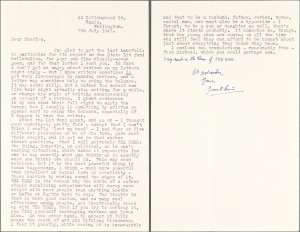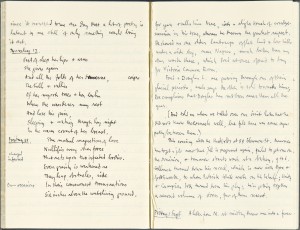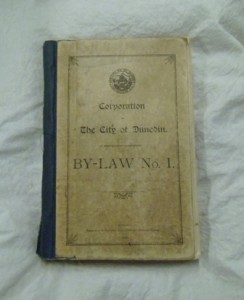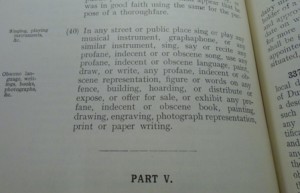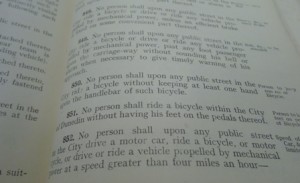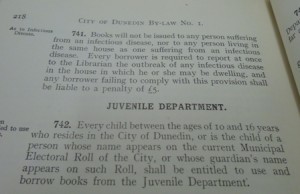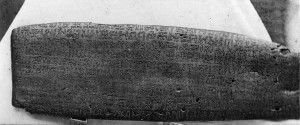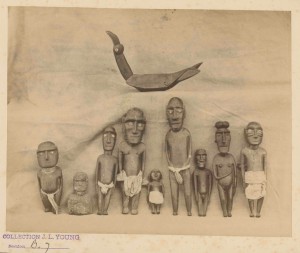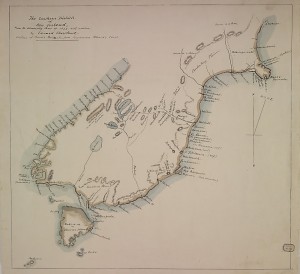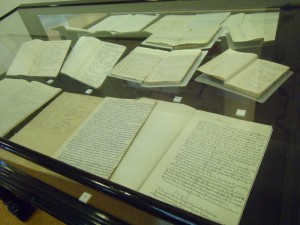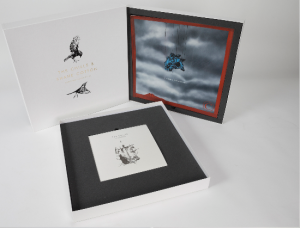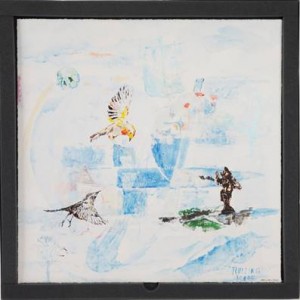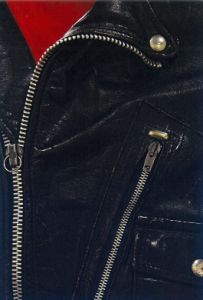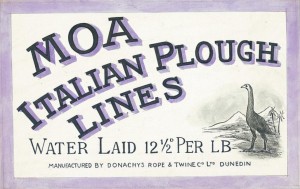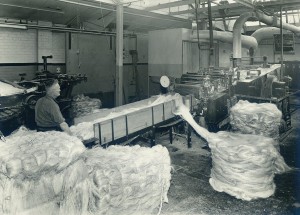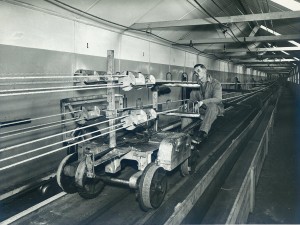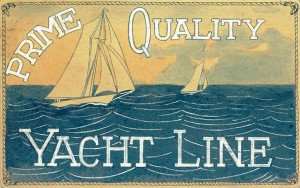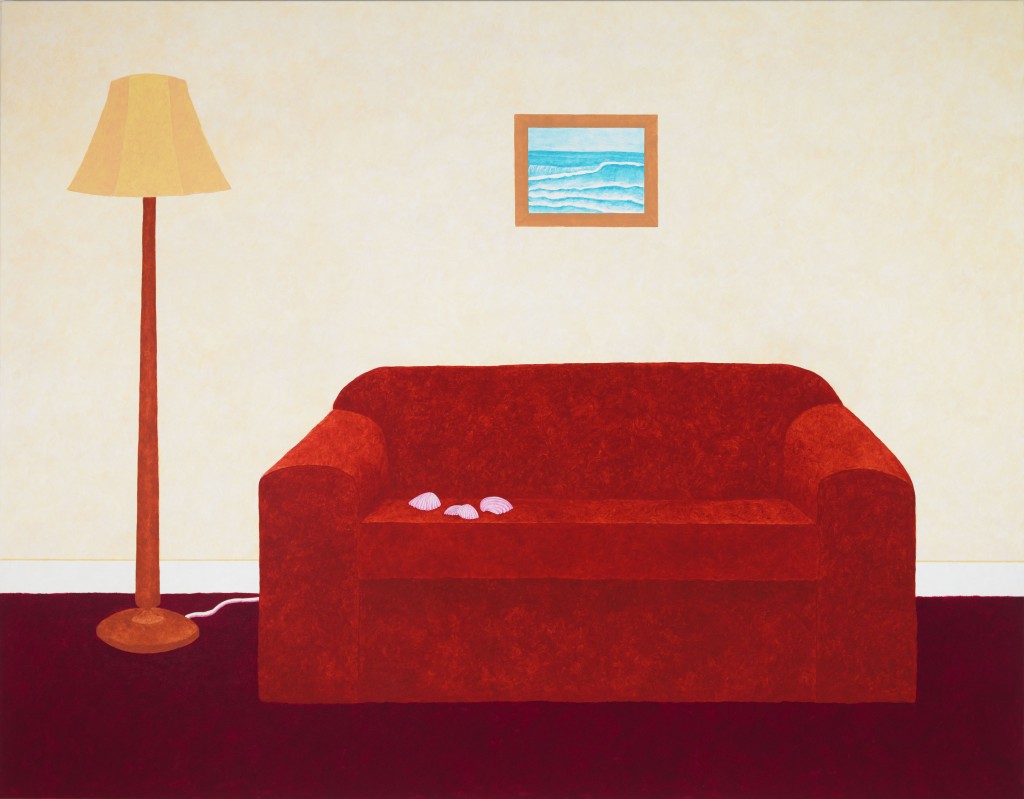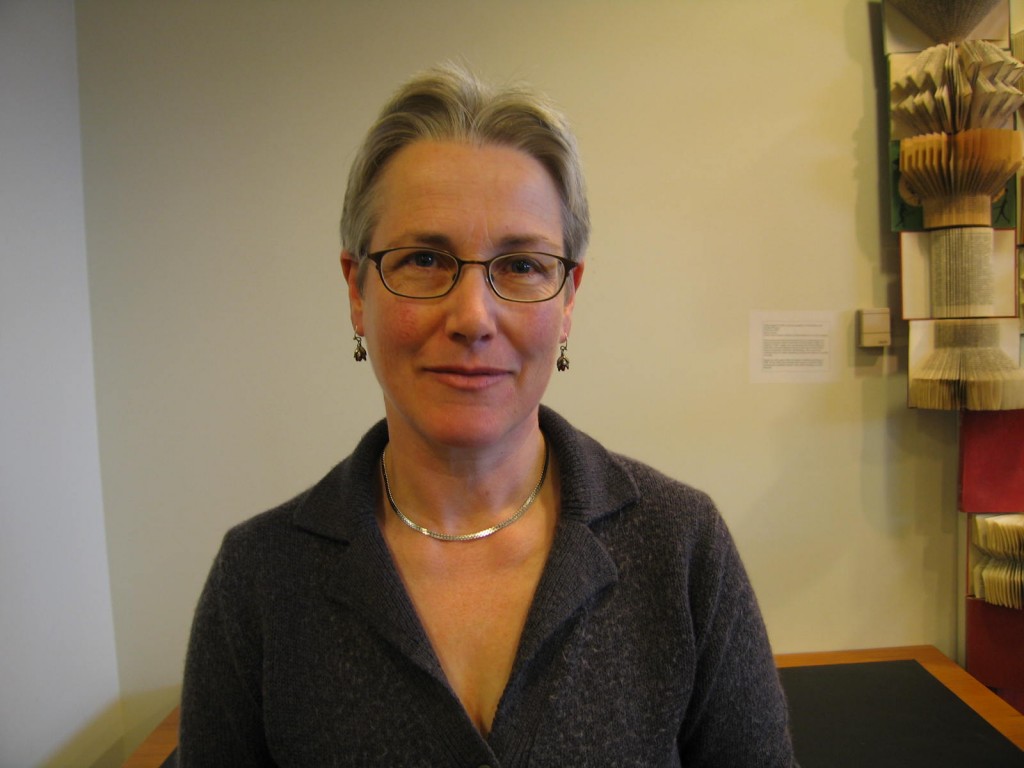We are delighted to announce that the papers of Charles Brasch have been inscribed on the New Zealand Memory of the World Register.
At a national function at the Hocken on Thursday (November 28), the Charles Brasch papers were announced as a significant new addition to the UNESCO register, along with the Sir Edmund Hillary Archive at Auckland Museum and the original score and lyrics of God Defend New Zealand held at Auckland Libraries.
UNESCO launched the Memory of the World Programme, which promotes the nation’s heritage stories to the wider community, in 1992. It sits alongside UNESCO’s better-known World Heritage List and Register of Intangible Cultural Heritage. The New Zealand Programme was established in 2010.
“The Memory of the World Trust is truly delighted to welcome these three inscriptions of such distinguished documentary heritage items onto the register. All three greatly contribute to the story of our nation’s heritage and are significant to the identity of New Zealanders today,” the Memory of the World New Zealand Trust Chair Dianne Macaskill says.
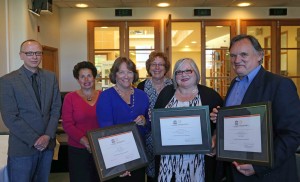
Professor of History Tony Ballantyne, UNESCO Senior Advisor Susan Isaacs, Auckland Museum Team Leader - Library Collections Theresa Graham, Chair of NZ Memory of the World Committee, Dianne MacCaskill, Hocken Librarian Sharon Dell and Auckland Public Libraries Manuscript Librarian Iain Sharpe
Hocken Librarian Sharon Dell says the Inscription of the Brasch papers onto the Register is also recognition of the national importance of the Hocken as a research archive.
“This is a huge advantage for University staff and students to have a resource like the Charles Brasch papers in their midst. As well as conferring a higher level of protection on this archive resource, this inscription from UNESCO also enhances the Hocken’s international profile,” she says.
Hocken Curator of Archives and Manuscripts Anna Blackman says after Brasch’s literary and personal archive was opened at the Hocken in 2003 (30 years after his death), the significance of his legacy began to be appreciated.
“We are very fortunate that the Hocken holds such a substantial collection – 25 linear metres of his personal letters and archives. The work, papers and journals of Brasch are now a significant resource for researchers focusing on New Zealand’s rich cultural and literary development during his life-time,” she says.
Charles Orwell Brasch (1909-1973) corresponded with over 600 individual people and this correspondence forms the bulk of the collection. People represented include Janet Frame, James. K Baxter, Colin McCahon, Frank Sargeson, James Courage, James Bertram, Rita Angus, Toss Woollaston, Alistair Campbell, Fred and Eve Page, Douglas Lilburn, Louis Johnson, Denis Glover, Ruth Dallas, Carl Stead and many more.
Brasch’s editorial activities and contribution to the literary scene, as well as the thoughts and opinions of his correspondents are documented through the correspondence.
“It is a unique insight into the opinions and activities of this group who created so much of New Zealand’s cultural life,” says Anna Blackman.
From 1938 to just prior to his death Brasch wrote a personal journal. These journals document both his inner life of thought as well as his opinion on many topics and his everyday activities.
“Brasch was an acute observer of the world around him and the journals include commentary on not just the arts and literature but also people, politics and contemporary events.”
Further information about Memory of the World and the inscriptions on the register can be viewed on www.unescomow.org.nz.


